Baby skin: soft, delicate – and prone to a number of common conditions. A number of things can cause skin reactions, such as an allergic reaction or irritation from baby washing powder. Work out just what these odd marks and pimples mean – and what to do
If anything makes your complexion seem less than perfect, it’s looking at your baby’s skin. Soft, peachy, glowing with health.
But as your baby grows, her skin will need extra attention for it to stay this way as it starts to react to the environment.
‘Almost two-thirds of babies suffer from complaints such as dryness and cradle cap, and half of the mums I see at their six-weekcheck-up have questions about their baby’s skin,’ says GP Leon Clark.
As babies get older, the natural bacteria on their skin kicks in and helps to protect it, but until then, you’ll need to play skincare detective to care for your baby’s skin.
Baby skin concerns
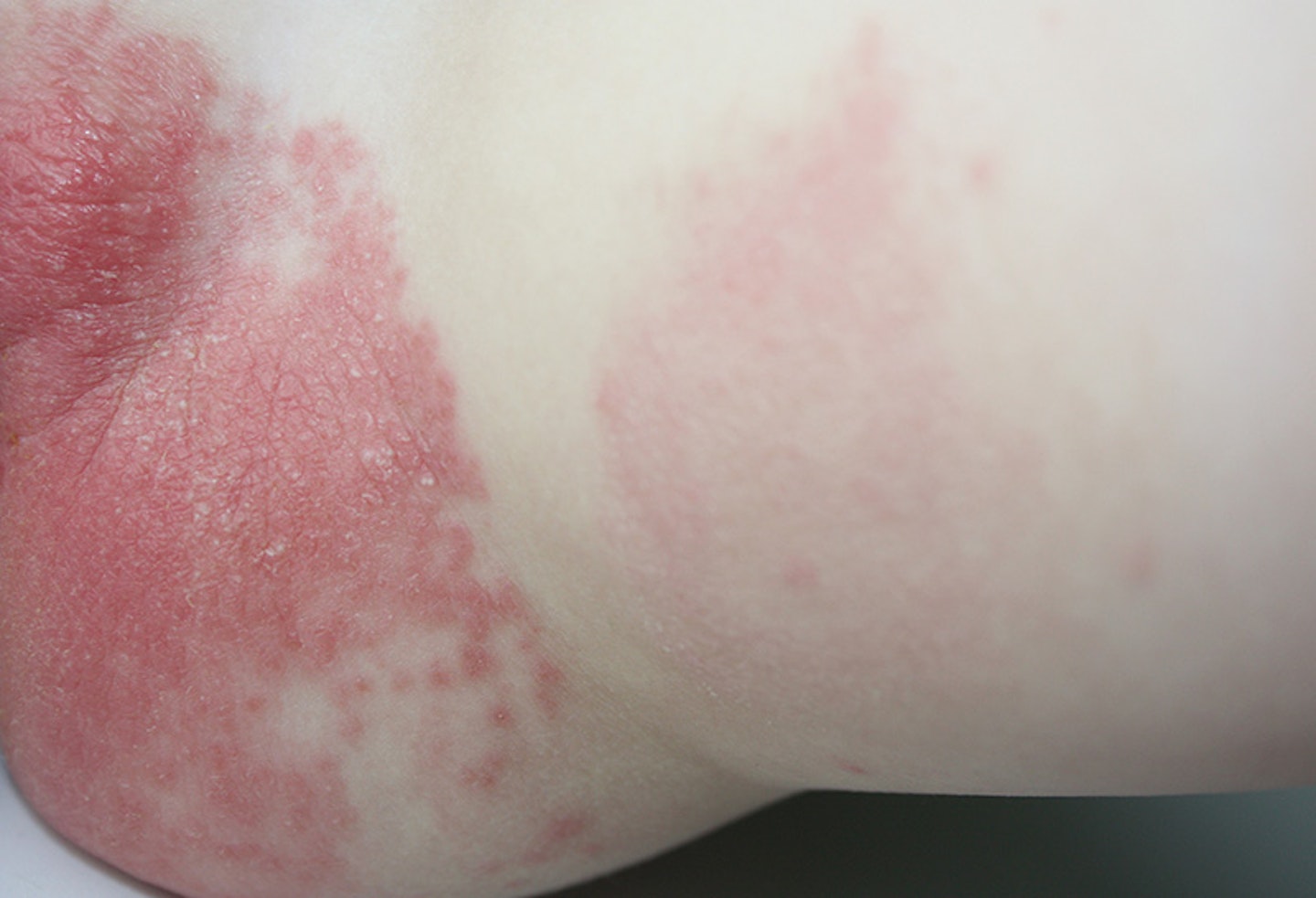 1 of 10
1 of 101) Nappy rash
Nappy rash is perhaps the most common skin concern with little ones. It happens when their skin is irritated by rubbing from nappies, wee, poo or cleaning products/wipes. Their skin will be red, sore and blotchy.
Changing nappies as soon as they are dirty, applying a barrier cream or changing nappy brain if a particular type sets it off are all ways to prevent nappy rash. It will usually clear up after a few days.
Read more: The best nappy rash creams to soothe sore bottoms
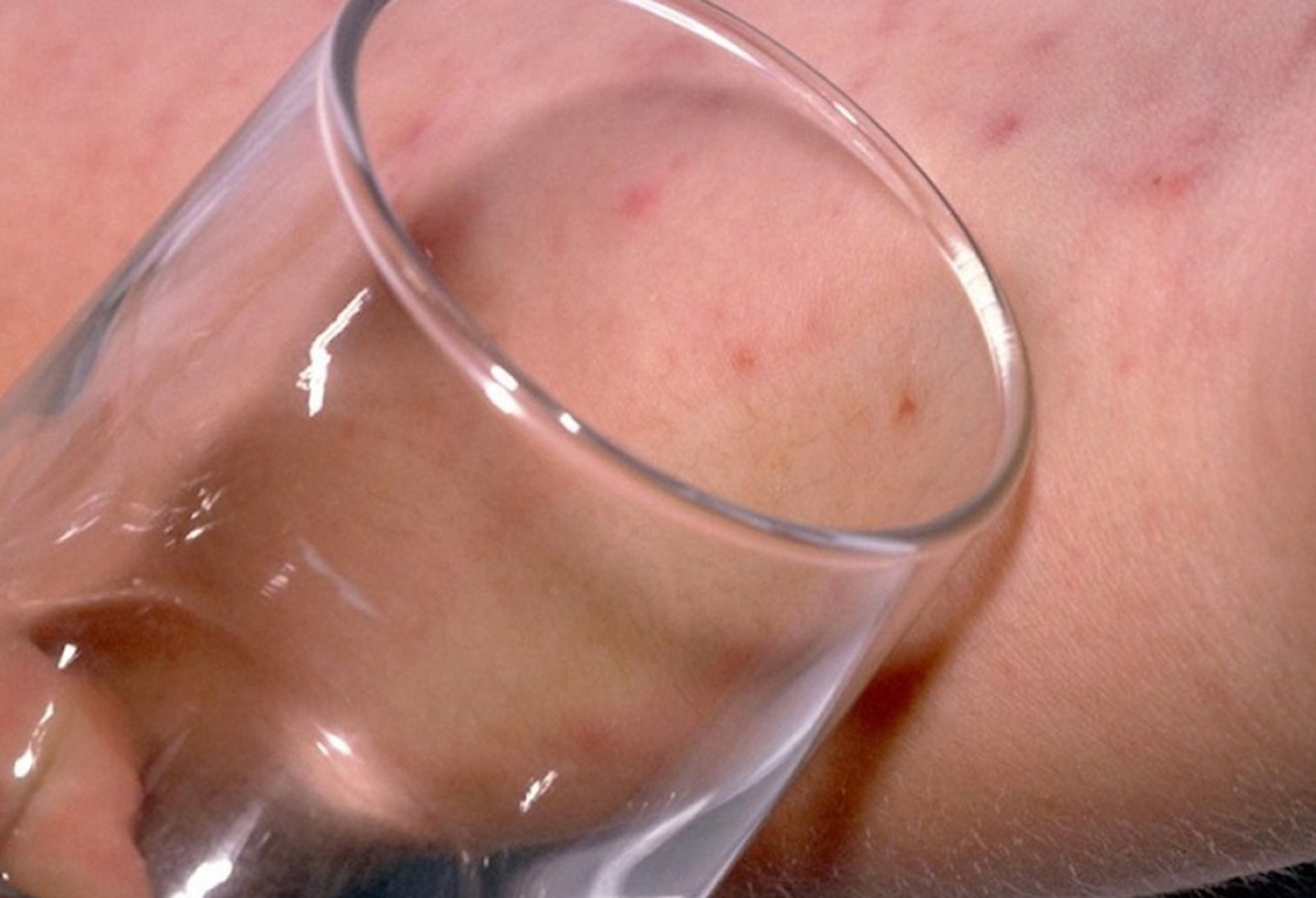 2 of 10
2 of 102) Meningitis rash
This is a more serious rash. The main identifying factors of meningitis rash are a purple pin-prick rash that doesn’t dissapear or fade when you press a glass against it.
Not all babies who have meningitis have the obvious rash.
Keep an eye on your babies temperature if they develop a fever as this is a clear indicator as well as clammy skin, sleepiness, refusal to feed, vomiting, neck stiffness or dislike of bright lights.
If you are worried call 111 or take your child directly to hospital.
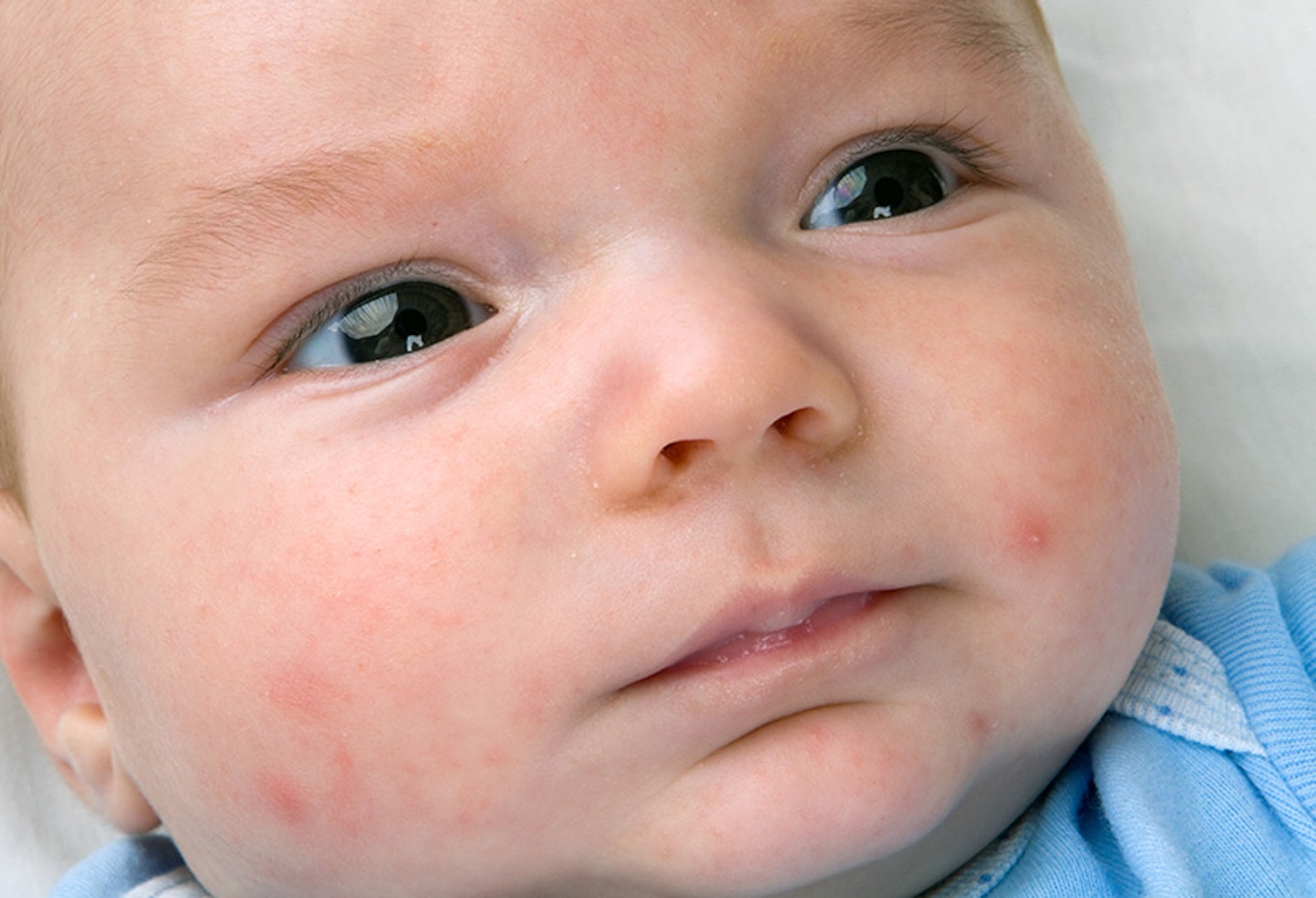 3 of 10
3 of 103) Baby acne
Milk spots and baby acne are often confused. However, unlike milk spots, baby acne will usually result in angry looking red spots that are often filled with pus.
It looks similar to adult acne and in newborns it will clear up after a few weeks or months.
Always avoid squeezing the spots as this can make your baby more prone to infection.
Wash your baby with water and use mild products, if at all.
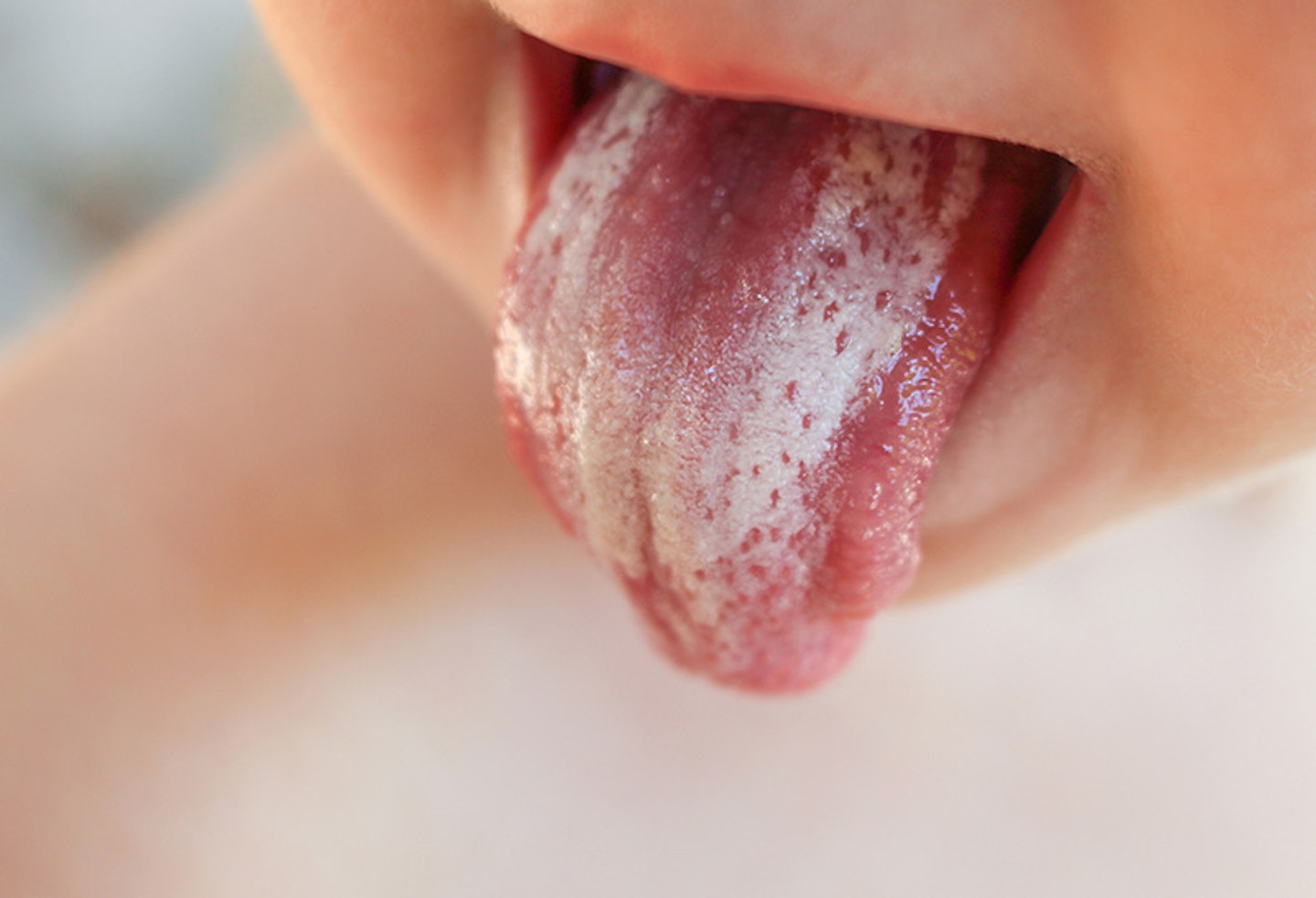 4 of 10
4 of 104) Thrush
Thrush is quite obvious in children as it results in a white coating on your baby's tongue or white spots that cannot be rubbed off.
Babies are often affected by oral thrush and although it is harmless, you and your little need to use treatment to clear it up as it will be transferred by breastfeeding.
If left untreated, breastfeeding can become painful for mums.
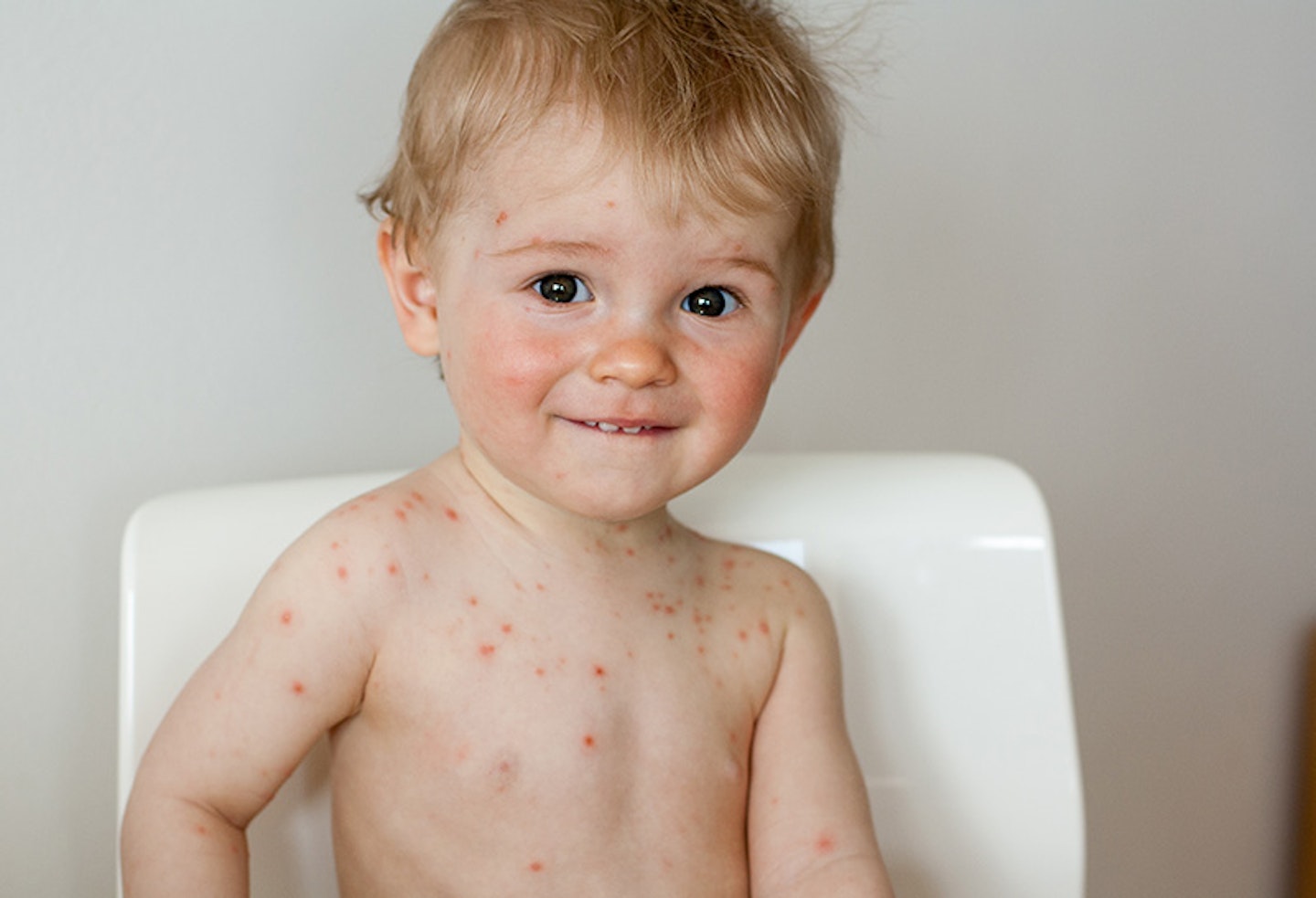 5 of 10
5 of 105) Chickenpox
Chickenpox is commong and mainly affects children but it is possible to catch it at any age. After about a week it tends to get better without needing to see a doctor.
Chickenpox are red spots that can appear all over the body and the spots can fill with fluid or blister and burst.
There are other symptoms such as a high temperature, aches, feeling unwell and loss of appetite.
The spots are very itchy and can really irritate children but it is worse in adults which is why people often throw chickenpox parties to prevent their children getting it in later life.
 6 of 10
6 of 106) Cradle cap
Cradle cap occurs on your baby's scalp and results in flaky or scaly skin that looks crusty.
Some experts believe cradle cap occurs because of the over-production of oil on the scalp.
It tends to last for a few weeks and then drops off naturally. It is important to make sure you avoid picking it off as this will make the skin sore and painful.
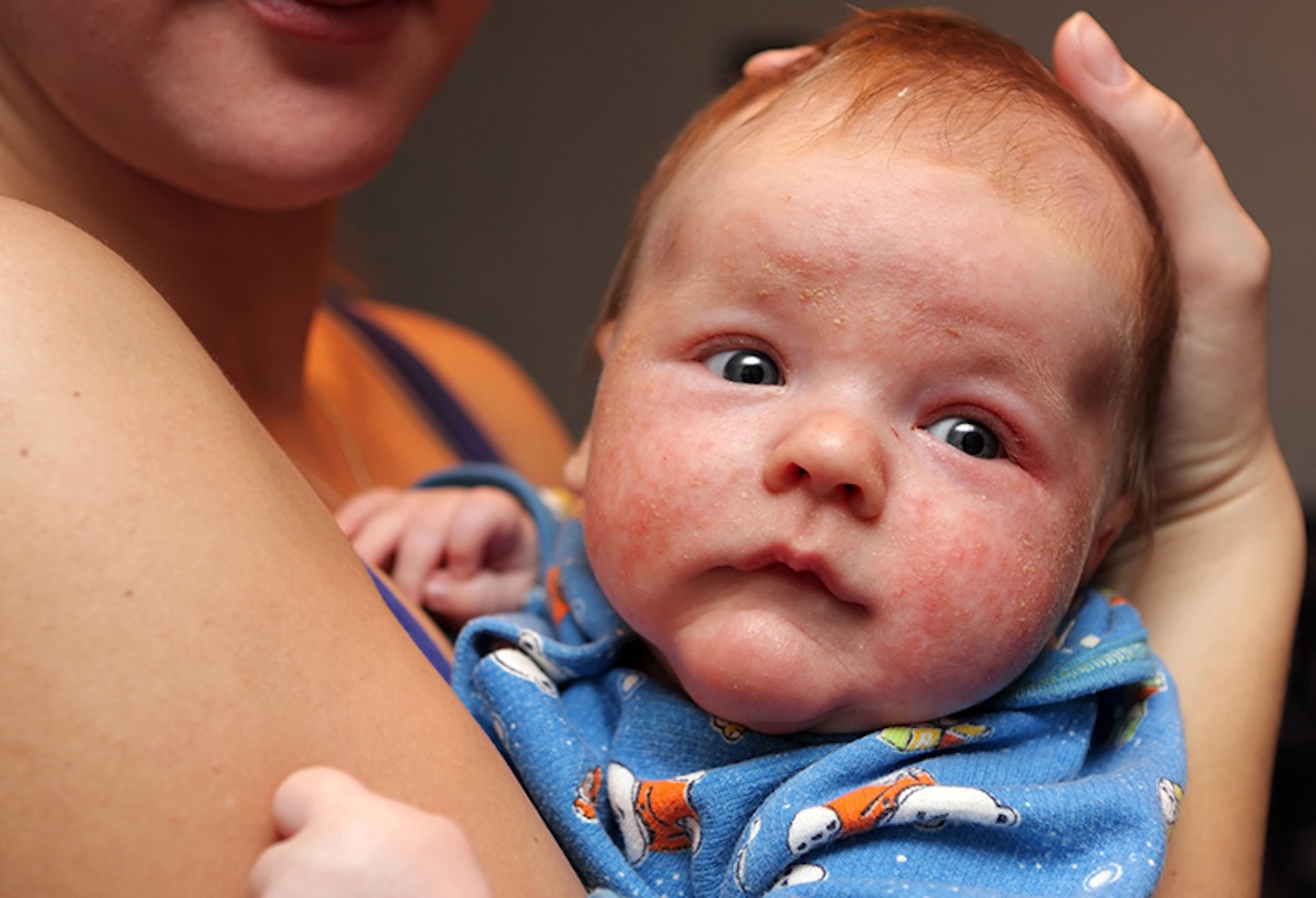 7 of 10
7 of 107) Eczema
Atopic eczema is common in children and causes the skin to become itchy, inflamed, red and cracked.
It often occurs in areas where the skin folds such as the neck, elbows, behind the knees and around the eyes and ears.
Eczema is a long-term condition but often clears up in children at around 11.
There arecertain creamsthat can be prescribed by your doctor to help soothe the symptoms.
Read more: The best eczema creams for babies
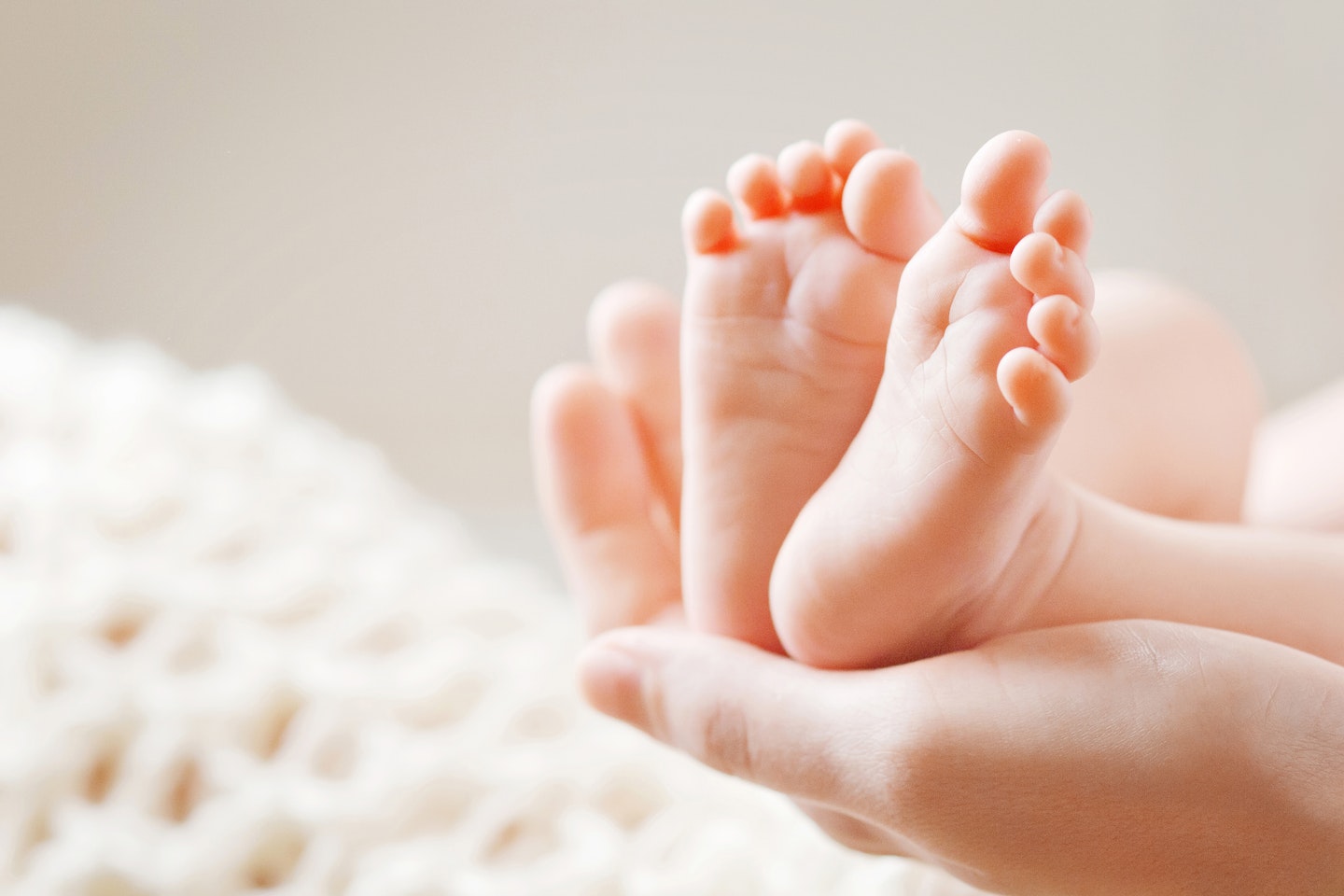 8 of 10
8 of 108) Dry skin
If your baby’s skin looks a little grey and feels dry, she could need a moisturiser.
"A doctor will be able to prescribe something that’s right for your baby," says independent health visitor Daphne Hardwick.
Some creams, including natural products, can irritate baby skin, while traditional alternatives don’t always work.
"It’s often beneficial to use a moisturising, non-scented bath additive, such as Oilatum Junior Bath Formula – and you can do this right from day one," says Anna.
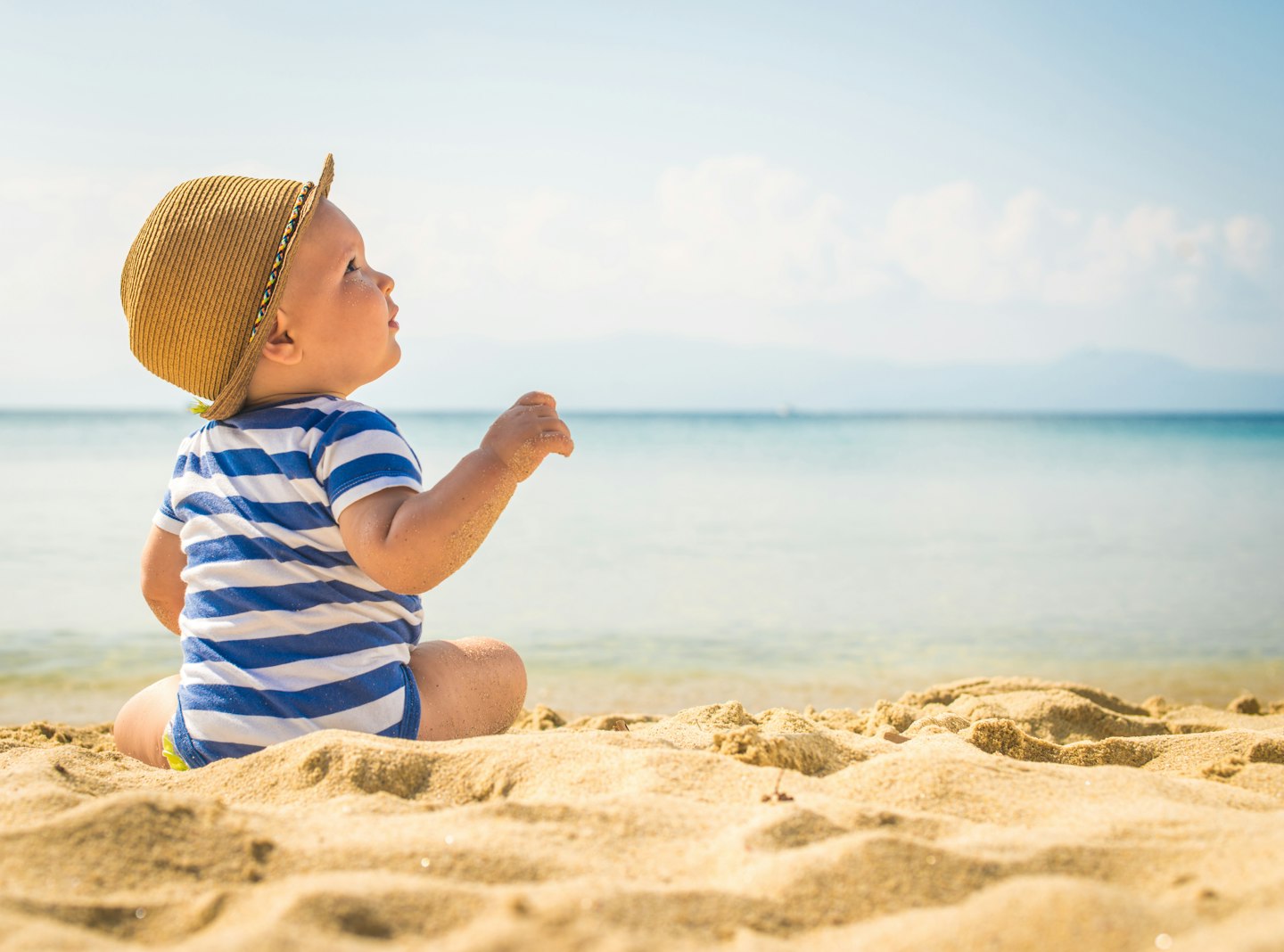 9 of 10
9 of 109) Sunburn
Baby skin is more prone to burning than adults’, so keep your baby out of the sun as much as possible.
"Sun protection is very important," says Anna.
"Studies have shown that if you are exposed to too much sun when you’re a baby, you’re at higher risk of developing melanoma and other skin cancers as an adult."
If your baby develops tiny red spots or blotches on her face or body, it’s probably heat rash, which will disappear as soon as she cools down.
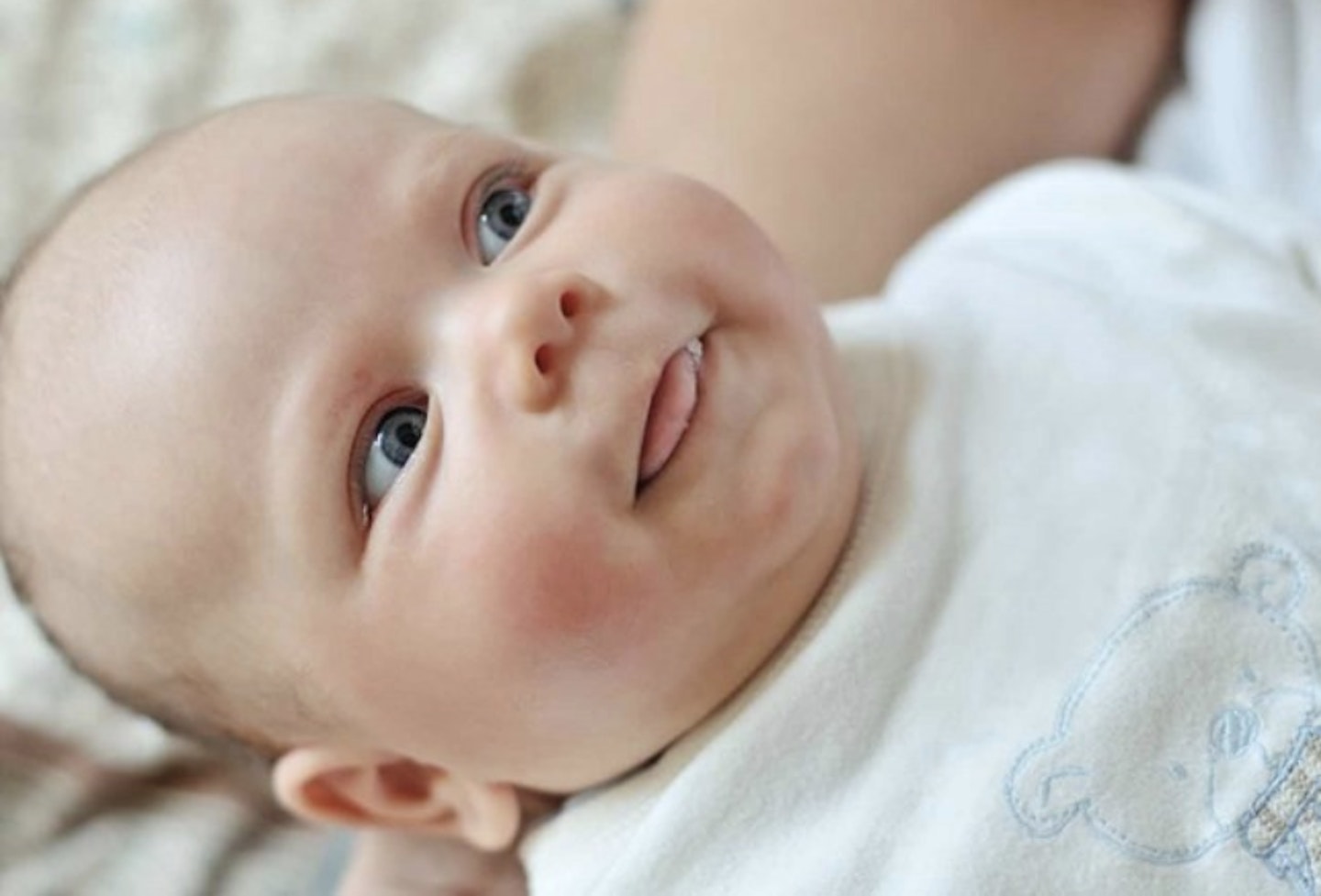 10 of 10
10 of 1010) Viral rashes
There is no hard and fast rule about viral rashes, so it’s best to see a doctor if you’re worried.
"After a virus, a child will sometimes develop a harmless red rash," says Leon. "This will get better without treatment, but don’t hesitate to see a doctor if you’re concerned."
If a rash doesn’t blanch when pressed with a glass, it could be meningitis – so you’ll need to call 999.
Occasionally a rash can be a sign of illness such as slapped cheek syndrome.
Both conditions are minor and usually clear up on their own, but you’ll need a doctor to make the diagnosis.
Read next: Meningitis: symptoms, types and treatment
Make sure you're following Mother & Baby on Instagramfor relatable memes, inspiring stories and parenting hacks!
